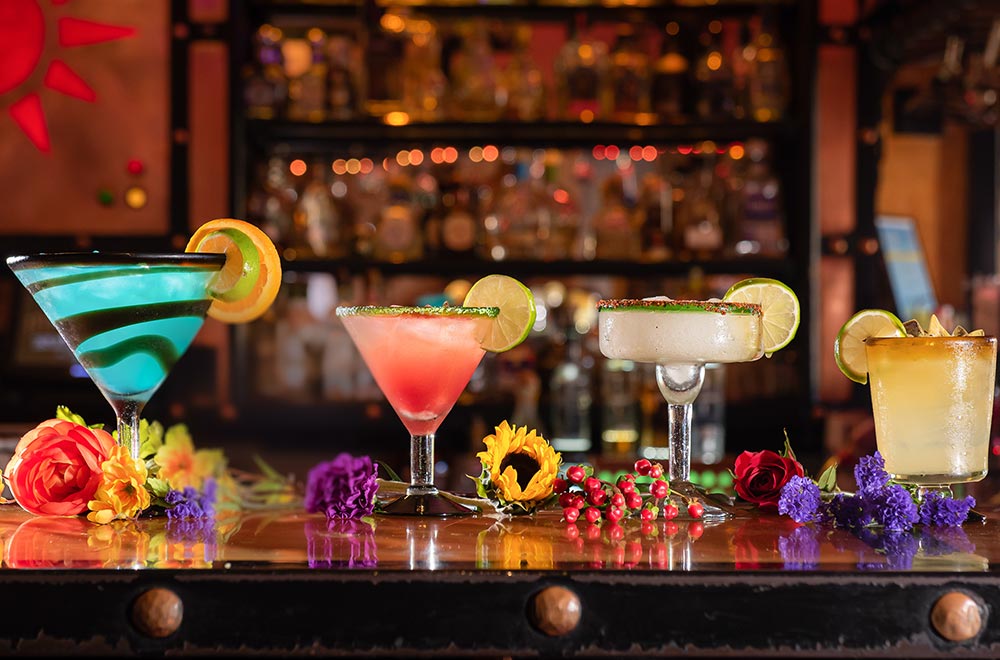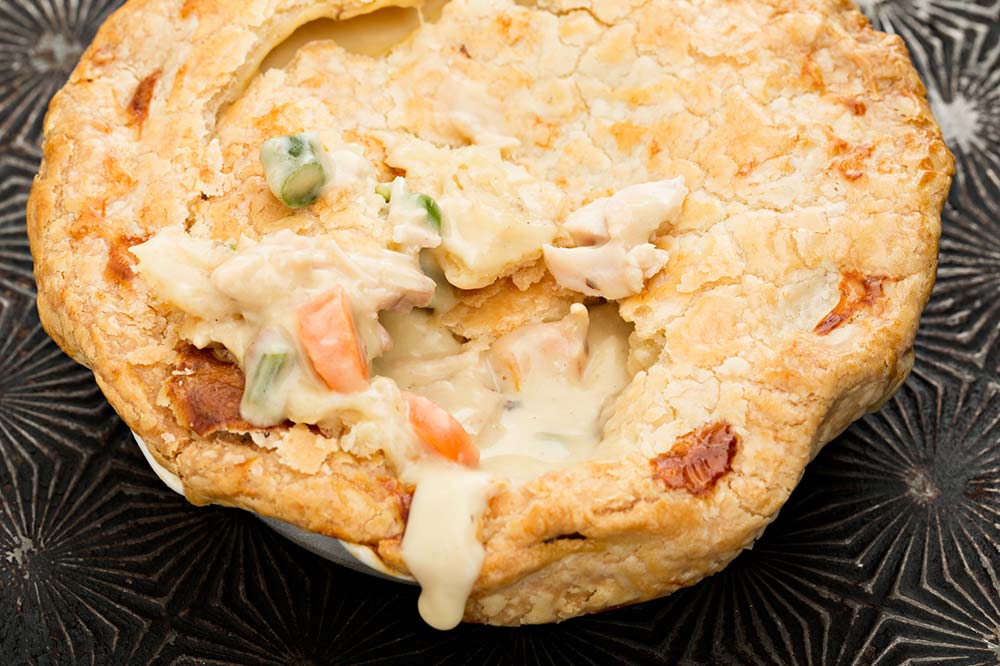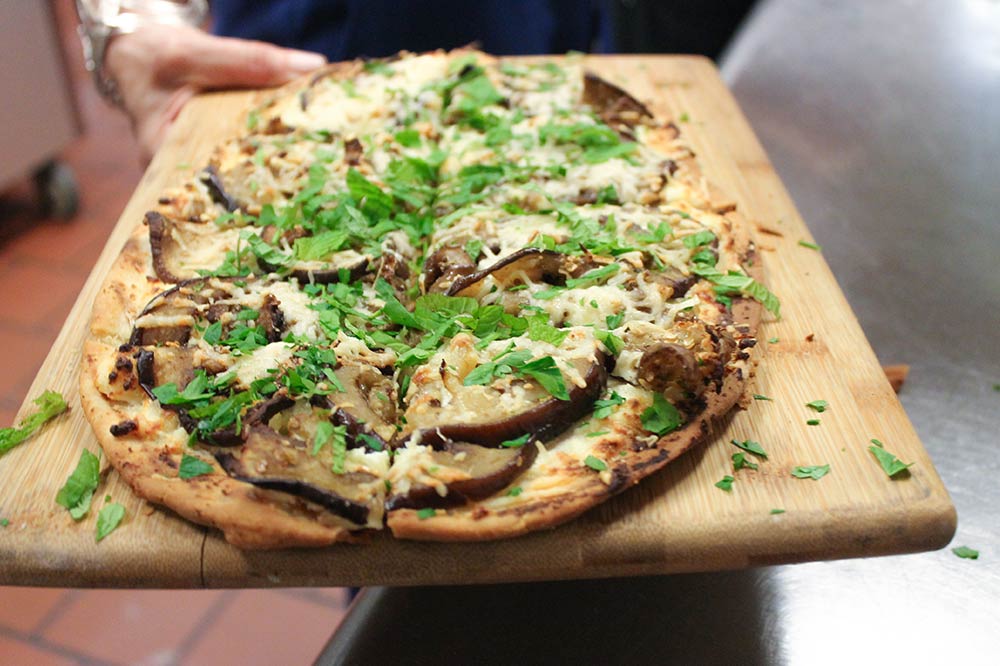One of the busiest days of the year for restaurants and bars is Cinco de Mayo. This is a holiday that celebrates the Mexican army’s victory over France at the Battle of Puebla during the Franco-Mexican War on May 5, 1862. It’s actually a relatively minor holiday in Mexico, but in the United States Cinco
Tips for Successfully Adopting Menu Trends
Staying on top of the latest ingredient, food, and drink crazes can sometimes feel like a full-time job. As a restaurant owner, how can you be sure you’re jumping on trends that will be the next big thing, and not ones doomed to quickly fizzle out? Here are a few tips on how to research
5 Essential Tips for Writing Mouth-Watering Menu Descriptions
Let’s face it: many restaurants out there have extremely bland menu descriptions. Last year, I went to Venice, and even some of their most breath-taking restaurants had such boring sounding menus, most of which simply listed the ingredients that were in each dish. To me, this is one of the biggest problems as to why
The Power of Snacks: How Restaurants Can Harness the Fourth Meal
Snacks — not just for kids and Scooby Doo anymore — have become a major driver of consumer behavior and spending in the last two years, affecting restaurant industry profits and planning in their wake. It’s no surprise, given the 12 billion snack visits made to restaurants and other foodservice entities annually, according to research
That’s Amore: American Pizza Styles and Why We Love Them All
There are few foods that have been Americanized quite like pizza. While it has origins in Naples, Italy, the modern American pizza took off thanks to Italian immigrants coming to the new world and making adjustments to the old-world recipes. But now not only does America have its own take on pizza, it has lots
Fun, Funky Dessert Ideas to Add to Your Restaurant Menu
Crafting dessert ideas for restaurants can be tricky. You want to include exciting choices and stay on top of current trends, but you also need to find ones that fit your brand. One trick to add excitement to your dessert menu is to take consumer-friendly, recognizable dessert items, but give them a little twist. With
Whatchamacallit? Why Menu Descriptions Matter
It’s not enough to have delicious food — your customers need to be intrigued enough by your menu to order. Alongside server recommendations, menu descriptions are the most prominent influence in what ultimately gets ordered in your restaurant. And having compelling menu descriptions is even more important in the internet age, when potential guests might
Menu Management: How to Control Restaurant Costs Dish by Dish
When times are tight, where do you start cutting restaurant costs? The natural inclination for many restaurateurs is to look at your two biggest expenses — staff and COGS (cost of goods sold) — and slash from the top down, until you can make ends meet. But a savvy restaurateur knows there’s more than one
How to Use Restaurant Menu Design to Increase Your Sales
Your restaurant menu is likely the first (and most lasting) impression customers have of your business, but that’s not all it needs to do. Ask yourself: Can my menu help increase my restaurant sales? In our newest report, we walk through four big factors that can help you decide whether your restaurant menu design is
Putting Your Best Grape Forward: Developing Your Restaurant Wine List
It’s no secret that a wine list can be both a significant revenue stream and a customer draw for a restaurant. How thoughtfully a restaurant compiles and presents their list can determine whether or not a customer orders a bottle, opts for other beverages, or even chooses another establishment. While there is no right or















